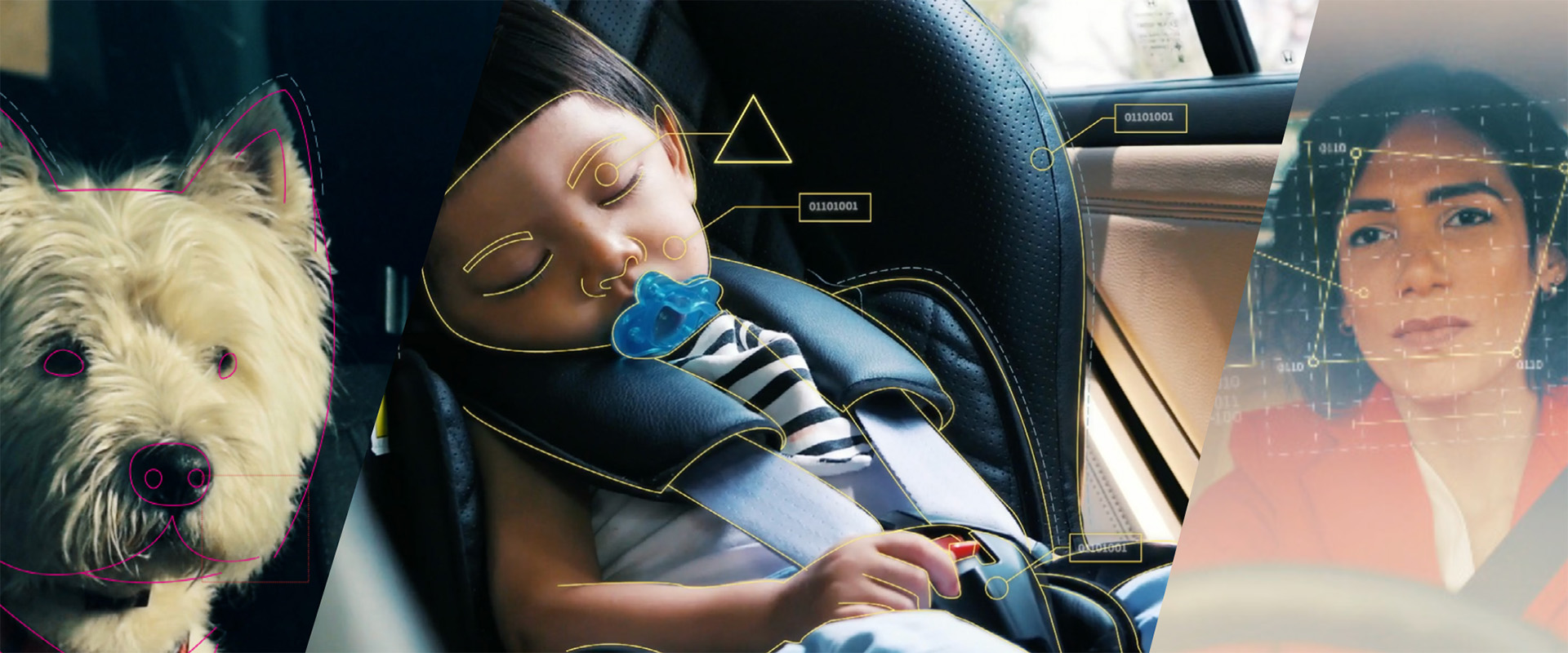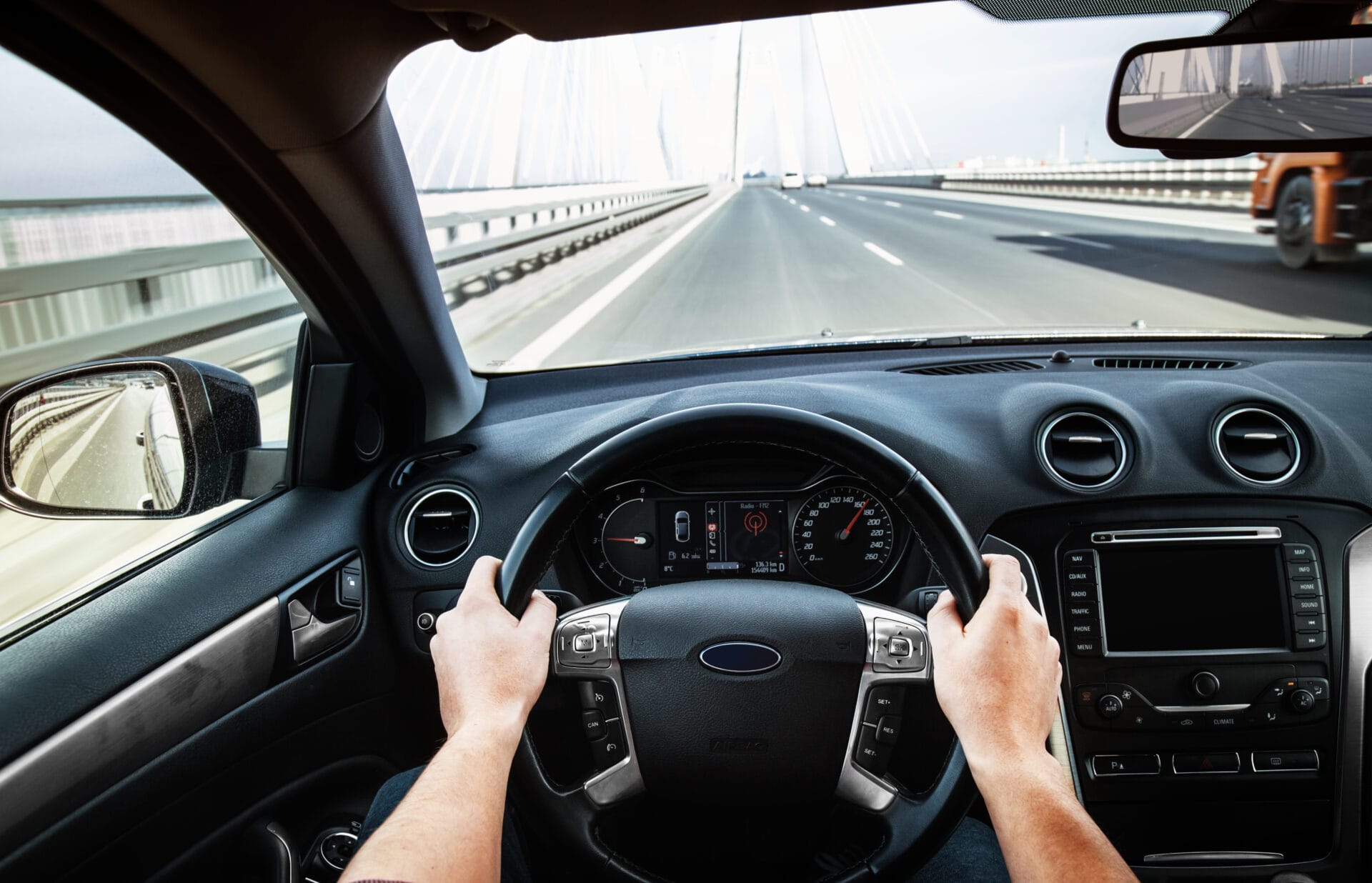EN


When we envision the cars we will use in the future, we think of highly-intelligent vehicles that can understand, support and predict the behaviors, wants and needs of all people in the cabin–regardless of their appearance. But for this vision to become a reality, we need to pay close attention to how this technology is developed and deployed.
It all centers around how these AI systems are built. Machine learning-based algorithms need to be trained and validated with large amounts of data. Interior Sensing systems that detect complex human behaviors, activities, and emotional and cognitive states, need to be fed with massive amounts of diverse and relevant data of all kinds of people in changing environmental conditions.
One key element is ensuring data collection of diverse people–not just diversity of age, gender and skin tone, but also other appearance features such as body size, facial hair, glasses and face masks. There are many different configurations and variables that need to be recognized by Interior Sensing algorithms to ensure accuracy and avoid data and algorithmic bias.
Collecting this data is very time consuming and expensive. In recent years, synthetic data has become a game changer. Using a single source image, synthetic tools can rapidly and cost effectively generate variations of that image, for example changing head pose direction or lighting. These systems will always require real world data of real people in real environments, but data synthesis allows technology providers to rapidly augment training data sets and accelerate the development of these algorithms.
The automotive industry must also give careful thought to how the technology is deployed, especially where it involves camera-based systems that capture human data. Many ethical and privacy-related questions need to be considered: What data is being captured? Is it stored? What is it used for? Who can see it? How is it being used? Today, many camera-based Interior Sensing algorithms can run in real-time on the edge on embedded systems, capturing only metrics as opposed to personal identifying information, not needing to send video data to a cloud.
Inevitably, in the future use cases will arise, where access to personal consumer data enables better and more relevant mobility experiences. Car makers will need to thoughtfully consider all privacy aspects and earn user trust by explaining openly and transparently how these systems work and why a user would benefit from opting in.
Want to learn more about interior sensing? Download our eBook on Interior Sensing: The Next Frontier in Improving Road Safety and the Mobility Experience

